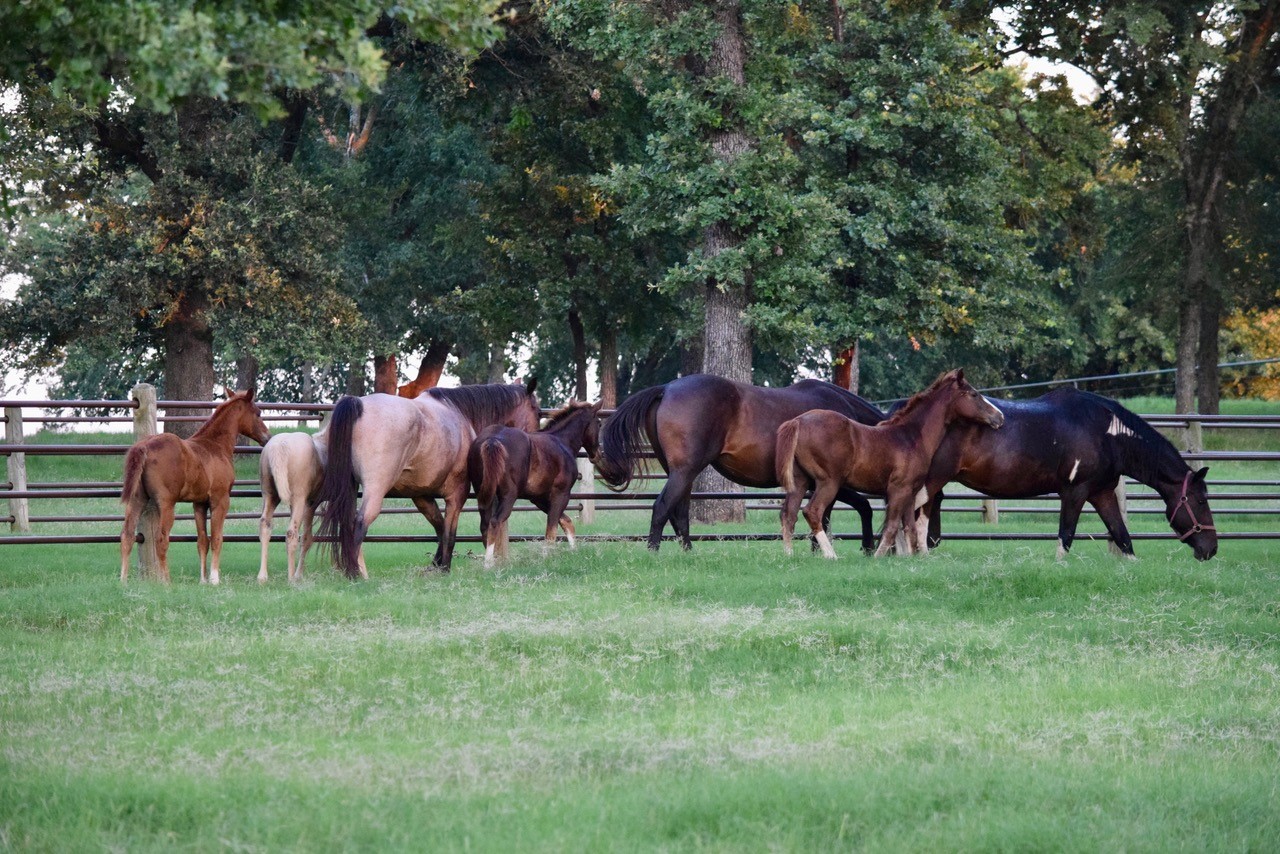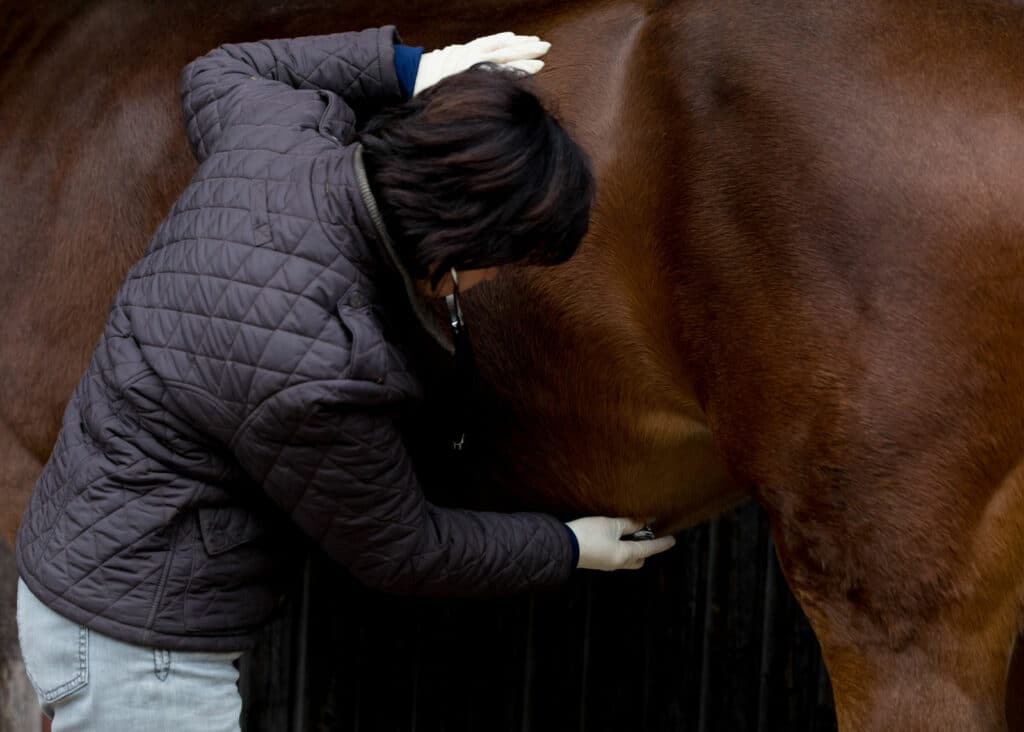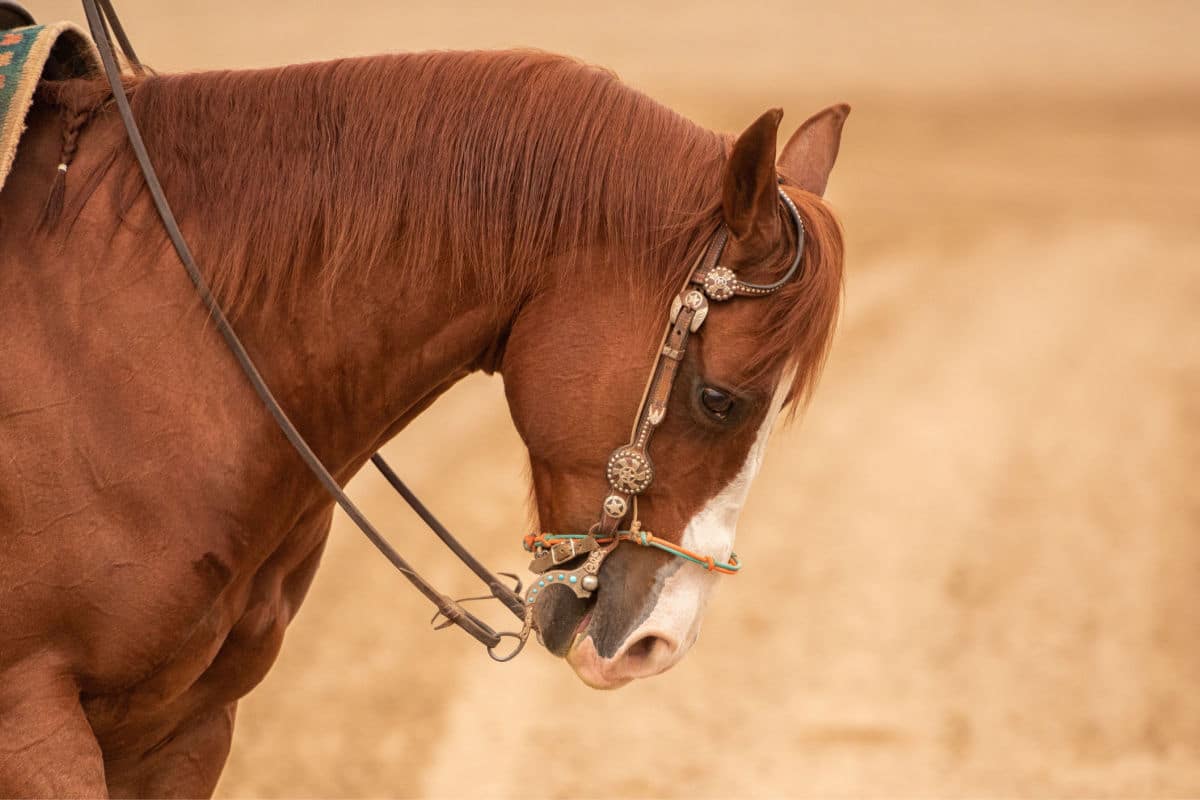There’s a lot of conventional wisdom out there about diagnosing and treating ulcers – yet ulcers continue to be a prevalent problem for horses. The “Your Horse Ulcer Free” series will equip you with the knowledge to recognize, treat, and ultimately prevent equine ulcers in a better, more lasting way.
Be sure to check out the first three articles in the series for part 1 overview of equine ulcers, part 2 gastric ulcers, and part 3 colonic ulcers. Today we’re talking about the difficulty with definitively diagnosing equine ulcers and the tools and methods available for doing so.
So you’ve noticed that your horse is showing signs of a potential digestive issue. Maybe it’s obviously health related: not eating well, losing weight, lacking energy, cribbing, acting girthy or irritable. Maybe its performance is more lackluster than usual.
It’s time to call your vet and find out exactly what is wrong so you can get your horse on the road to recovery. And that’s not always an easy task, even with something as common as equine ulcers.
The Difficulty with Diagnosing Ulcers in Horses
One reason diagnosing ulcers can be a challenge is because the symptoms of ulcers can also signal numerous other health issues. You know you have a problem when you see:
- weight loss and/or general decline in body condition
- stall vices such as cribbing (wind-sucking) and wood-chewing
- resistance under saddle
- irritability and other changes in attitude
- lack of energy and stamina
- loss of appetite
- girthiness and sensitivity in the flank area
- loose or watery manure
The problem very well may be ulcers. But it also could be hindgut acidosis, parasites, problems with the teeth, lameness, stress or another internal problem – you get the picture. And on top of that, horses react to pain and show symptoms differently. A horse with severe ulcers may show no sign, while a horse with a very low grade ulcer may act like it’s the end of the world.
On the other hand, some issues we consider training or behavioral may be physical or mental reactions to gut problems. Yet, how many of us think of ulcers – or of health issues at all – when our horse is acting up?
In addition, laminitis is associated with hindgut acidosis, which may also be associated with colonic ulcers. Even lameness could result from favoring one side as a result of gut pain there.
When you consider the wide-reaching affects of ulcers, you understand why it’s so important to be aware and address them, both gastric and colonic. Only a complete exam and history can really put those symptoms into context.
Differentiating Between Gastric and Colonic Ulcers
Another challenge in diagnosing ulcers is understanding and identifying ulcers in the stomach from those in the colon.
Some symptoms we typically attribute to equine gastric ulcer syndrome cannot actually be caused by a problem in the stomach. Girthiness, for example, cannot be related to stomach ulcers (due to the location of the girth, relative to the location of the colon and the stomach). On the flip side, wind sucking is only related to stomach issues.
Due to their differences, gastric and colonic ulcers cannot always be treated in the same way. Thus it’s still imperative to know which one –or both – you are dealing with.
Methods for Diagnosing Equine Ulcers
There are two overarching methods veterinarians use when diagnosing ulcers in horses:
- subjective methods are visually identifying symptoms and behaviors
- objective methods are definitive tests
Subjective Methods for Equine Ulcer Diagnosis
One of the first elements a vet considers when diagnosing an equine digestive problem is the horse’s environment. In general, the further away the horse is from a “natural diet”, access to plenty of forage for grazing nearly around the clock, the more likely it is to have digestive problems. The larger the amount of “hard feed” (grains and concentrates) and the fewer the meals per day, the more likely it is that your horse could suffer from ulceration or other issues.
Here are some of the symptoms your vet may look for, and how they help to reach an accurate diagnosis:
- Girthiness, sensitivity along the flanks, and clinical symptoms like diarrhea and colic are almost certainly associated with hindgut function. These easily identified signals suggest a colonic problem.which may be only hindgut acidosis at this stage (since none of us are yet good enough to be able to define exactly when a horse feels discomfort and reacts to it.) The more obvious the symptom, the more likely it is that this has progressed to colonic ulceration.
- Cribbing and wood-chewing are signals of gastric ulceration. Winduscking allows the horse to blow its stomach up (like a balloon) which decreases the acid level artificially. Wood-chewing is similar to a human chewing a toothpick; it causes salivation, and saliva is alkaline and offsets the acidity in the stomach. A study was published in the UK last year that found these behaviors directly correlated to the presence of gastric ulcers, as seen by endoscope.
In addition to the symptoms mentioned above, a useful test is to give a hot, thirsty horse a bucket of very cold water to drink. (Preferably turn the horse out on good pasture on a warm summer’s day for a couple hours, rather than ride hard on a cold winter’s day!) Then, bring it back to its stall and place the bucket of cold water in front of it. If it takes a few gulps and then stops to grunt and show signs of discomfort, then odds are it has gastric ulcers.
Another possibility is to test the pH of the horse’s fresh manure, using a “food probe” pH meter. Normal pH is about 6.8, and anything at 6.5 or below is indicative of hindgut acidosis and the circumstances for colonic ulcers to form.
Objective Tests for Diagnosing Ulcers in Horses
Here is a list of objective tests your vet may have in his toolbox that will help accurately diagnose gastric and colonic ulcers.
Endoscopy
Your veterinarian can place a three meter tube down into your horse’s stomach and view the walls to literally see if damage exists. However, this requires that your horse go without food for 12 hours and water for 3 hours before the procedure. This process leaves the stomach lining unprotected for long enough that grade 1 (or non-bleeding) ulcers can develop as a result. These are nothing to be overly concerned about though as long as your horse is getting plenty of good forage (turnout on good pasture or free hay), subject to your veterinarian’s suggested treatment.
The SUCCEED® Equine Fecal Blood Test
The FBT is a non-invasive diagnostic aid that measures trace amounts of blood in the manure. Your vet simply collects fresh manure, mixes it with water and places a sample on two wells of the enclosed cassette. Within 15 minutes, this will tell if the horse has an excess of 2 blood components: albumin (a major component of the clear stuff we get with a scrape) and hemoglobin (the red stuff in blood.) Excess albumin indicates a hindgut lesion while excess hemoglobin indicates a bleeding lesion anywhere in the GI tract. Along with other indicators, these allow your veterinarian to pin-point the location of the problem(s). (The Fecal Blood Test is currently undergoing additional research and will be available through your vet in 2011.)
Ultrasound
Your veterinarian can use ultrasound to observe thickening of the right dorsal colon, indicating damage there. Usually, this tends to be associated with Right Dorsal Colitis caused by use of NSAIDs such as Bute. This can unfortunately become a mis-diagnosis if the animal actual suffers from colonic ulceration as a result of hindgut acidosis instead. This is where the next indicator may prove valuable, since RDC is not linked with hindgut acidosis.
Measuring pH in Manure
A “food-probe” pH meter placed into fresh manure will swiftly provide the pH level of the stool. As mentioned above, this can be a subjective measure used independently, or an objective measure used in conjunction with the other tests mentioned here.
Through a combination of analyzing symptoms and using these diagnostic tools your vet can provide quite accurate answers. In nearly all cases, please seek the input of your veterinarian, because there are possibilities other than ulcers that only he will be able to identify that may require further testing.
When Your Horse Has Been Diagnosed With Ulcers
As you can see, it’s very important to understand your horse’s anatomy and to use all diagnostic methods available through your vet to ensure you’ve pinpointed the correct condition and can treat accordingly.
Has your horse been diagnosed with gastric or colonic ulcers? Be sure to subscribe to our articles so that you don’t miss the conclusion of the Your Horse Ulcer-Free Series: treating equine ulcers and preventing ulcers in healthy horses.



